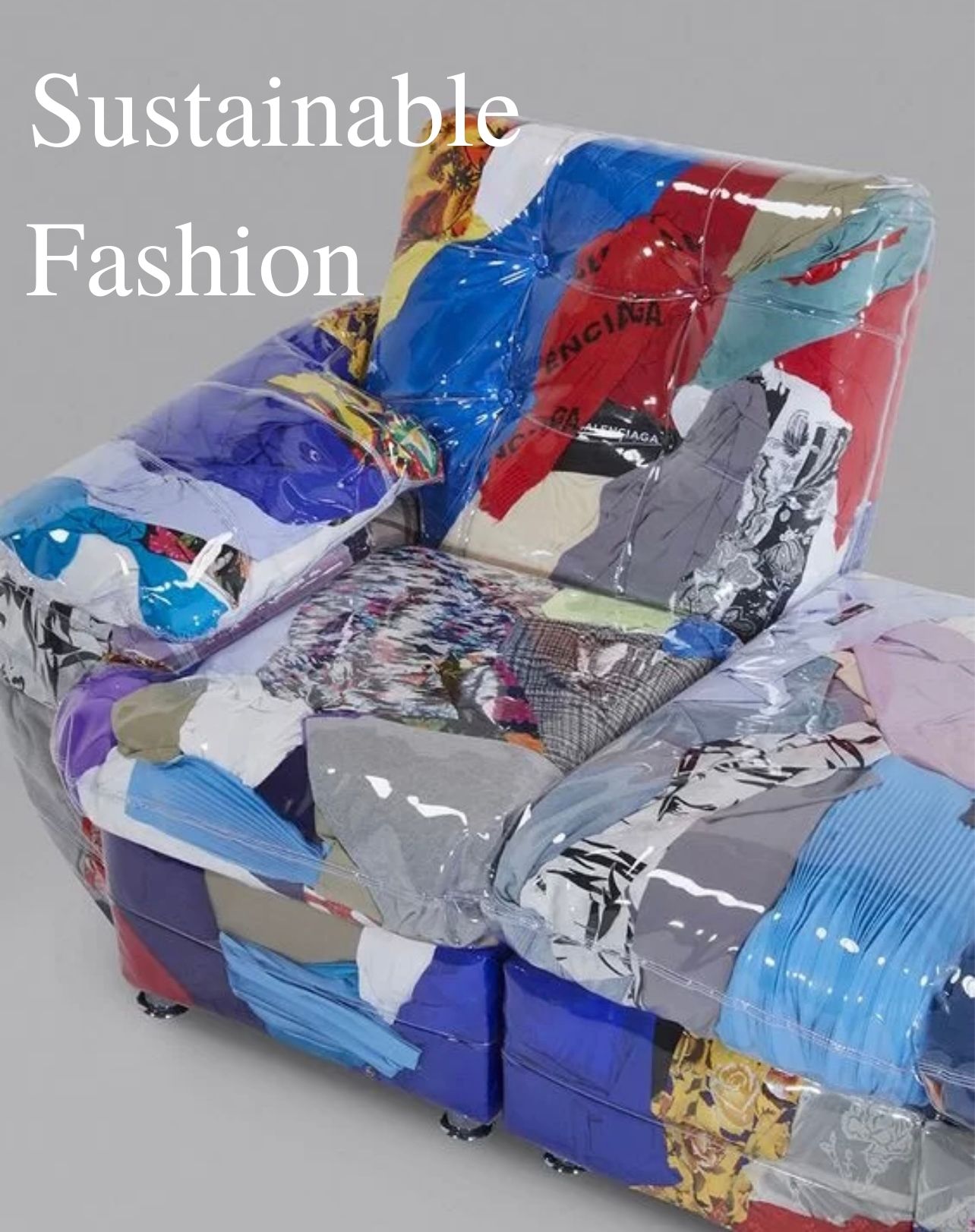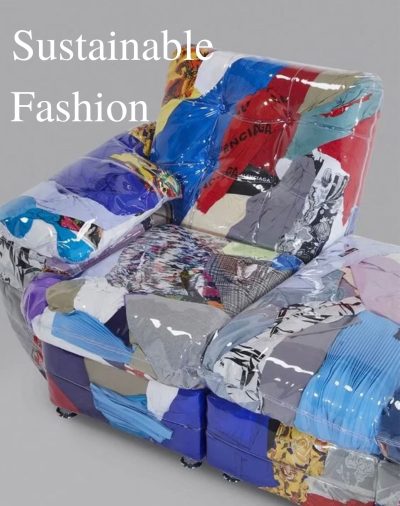
Sustainable Fashion

Countless people all over the world work hard to get the clothes that end up on store shelves, many of them even made by drudgery under extremely harsh working conditions. More and more people are concerned about the damage that the production of the clothes and fashion accessories they wear is doing to people and the environment. With the increase of population, the acceleration of urbanization, and the increase of domestic and industrial water consumption, the water resources are extremely tight, and the use of sustainable methods to complete the product processing of the clothing industry is bound to bring huge benefits to human beings and the environment.
Sustainable fashion, part of an ever-increasing design philosophy and sustainable design trend, aims to create an indefinite system that can support environmental and social responsibility aspects. Sustainable fashion is a sustainable mega trend where products are created with environmental and social impact in mind.
Over the past 20 years, the advent of “fast fashion” and falling clothing prices have allowed people to own five times more clothes than their grandparents did. This cheap “fast fashion” in turn has an extremely negative impact on human health, living environment and the working environment of clothing practitioners.
Here are four about fashion sustainability and creating a better tomorrow for fashion:
1.Environmentally friendly materials
Organically grown natural materials such as: cotton, hemp, cashmere, bamboo, dyed with natural and non-polluting materials, bleach-free fabrics and hand-woven fabrics. A major feature of the textile industry in the Prato region is the recycling and reuse of wool, which has gone from initial cost savings to current sustainability, eliminating or reducing carbon emissions from the production process. The implementation standards of the new brand “ Cardato Regenerated CO2 Neutral” are quite strict. All the fibers combed by the combing machine are all from the fabrics produced locally in Prato, of which at least 70% of the recycled materials are used clothes or textile waste (every year Prato A total of more than 22,000 tons of “waste cloth” are recycled in the region), and there must be accurate records of carbon dioxide emissions.One of the pioneers of eco-fashion is designer Linda Loudermilk, whose “luxury” eco-friendly fashion line and accessories are made from sustainable plant-based materials such as bamboo, seashells, soy and more. As early as 2002, she began experimenting with a series of materials: organic cotton, bamboo, seaweed, and even Eco Spun, a patented material made from recycled plastic bottles, to build her own eco-friendly fashion brand.
2. New technologies emerge and replace
Dyeing with AirDye technology allows textiles to be dyed without water. Compared with the traditional printing and dyeing process, the air dyeing technology reduces water consumption by 95% and energy waste by 86%, and reduces the greenhouse effect by 84%. Using air instead of water helps the dye penetrate the fibers. AirDye technology works only with synthetic materials, and it can be used to dye clothes, swimwear, carpets, curtains, bed sheets, and even event banners and ceilings. The excess and waste of materials are reduced, and fabric companies can wait for the feedback of color and printing information on the market before printing and dyeing fabrics.A Lot To Say short sleeves are also dyed and printed with AirDye technology. The use of AirDye technology allows the company to save 1,132,500 mega joules of energy, about 157,000 gallons of water, and 57,500 kilograms of carbon dioxide equivalent emissions for the planet for every 25,000 T-shirts sold. Every year, the American Recycled Cotton Association recycles tens of thousands of tons of used clothing into recycled cotton. Designers then transform these recycled cotton into environmentally friendly bags with a full sense of design. When the bag completes its mission and becomes waste, it also does not cause any pollution to the earth because the bag will naturally degrade after 28 days.From having to nothing and then to having, the new processing technology makes the waste clothing go through a natural cycle process one after another. This kind of ecological design not only reflects people’s reflection on the environmental and ecological damage caused by modern technology and culture.
3. Fabric recycling
Charities sell about 10 percent of donated clothing, according to ABC News. These clothes tend to be of good quality and fashionable and can be easily sold at charity thrift stores. The charity will sell the remaining 90% of donated clothing to textile recycling companies. Textile recycling companies process about 70 percent of recycled clothing into rags or cleaning cloths. However, 20% to 25% of second-hand clothing goes to the international market for sale. For example, jeans collected from the United States are sold to low-income customers in Africa at a reasonable price. This approach also changes the life cycle of the garment, thereby protecting the environment.
4. Clothing Swap
Clothing swaps can further facilitate the reduction, reuse and recycling of discarded clothing. Through the reuse of clothing, that is, the process from the first clothing owner to the second owner, the resource usage at the processing source can be reduced. This avoids the use of raw materials for processing a new garment. Through the method of clothing exchange, consumers ultimately save money and time consumption. It also reduces the carbon footprint of goods in transit, reducing costs and time spent in transit. It reduces travel costs and time when shopping for clothing and avoids the scramble and chaos that sometimes occurs in many clothing stores. Swapping is the re-use of garments at the source, preventing them from going to waste collection or extending the time that garments end up in landfills. Swapping clothes not only helps us update our wardrobes, it’s also an eco-friendly act. Online clothing exchanges have also become very common, and websites offer us an eco-friendly and frugal shopping process.
